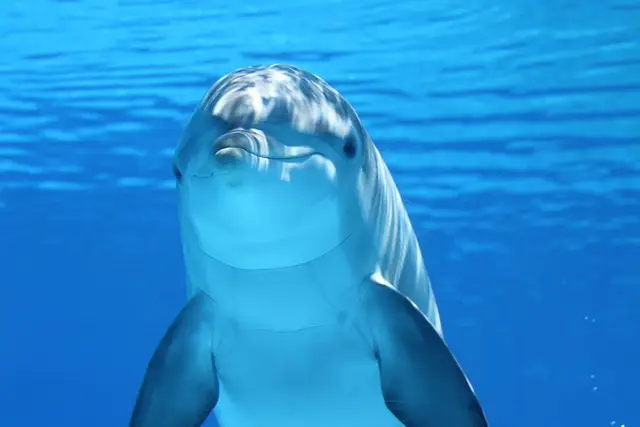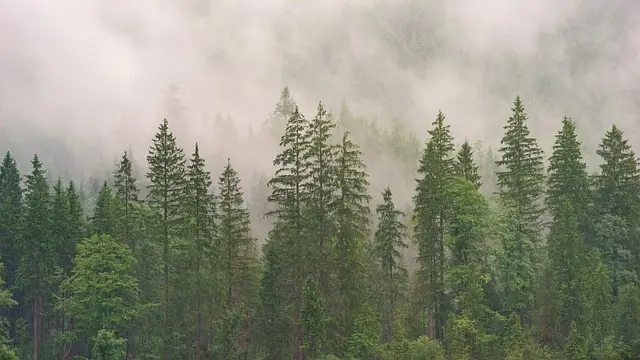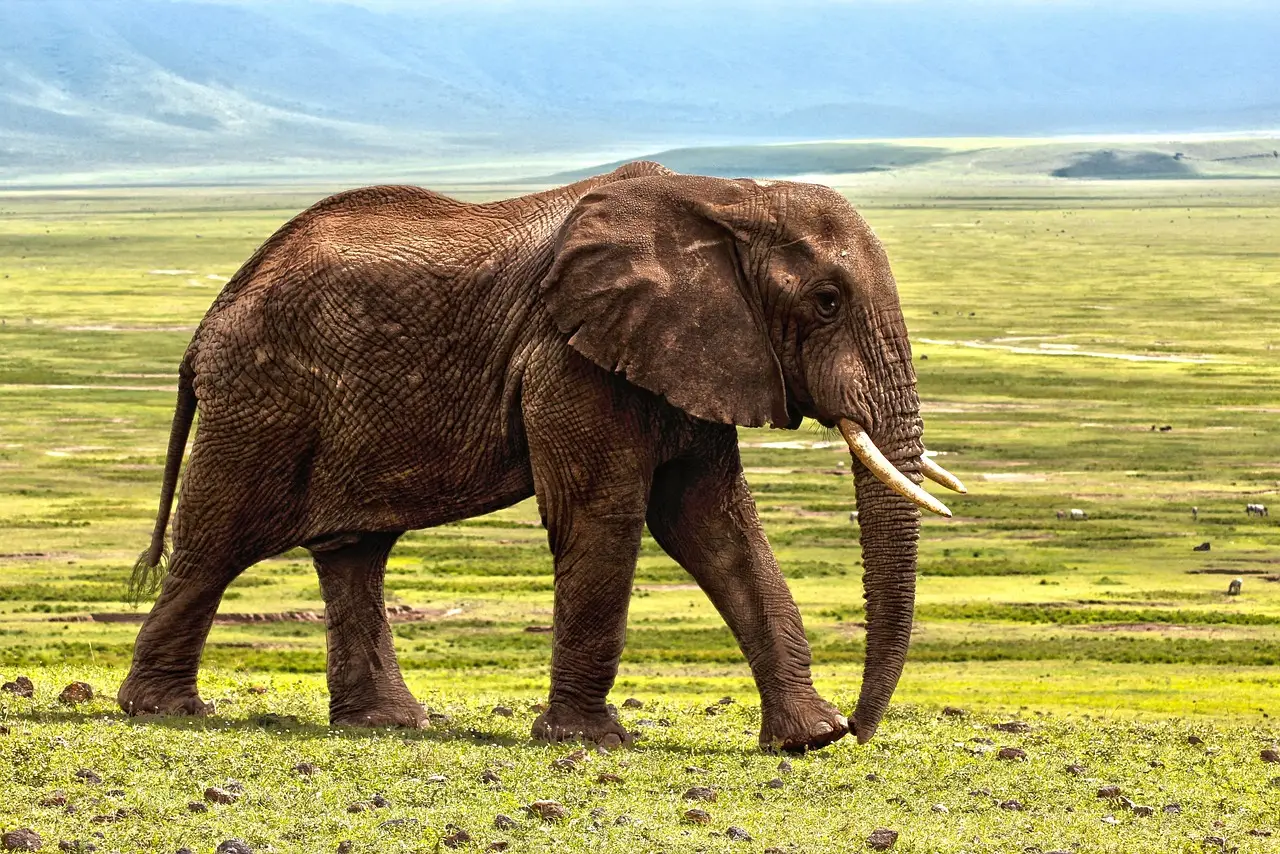
Wetland Animals - Aquatic Wildlife Sounds & Calls
Discover the fascinating world of animal habitats in wetland ecosystems. Explore the vibrant world of wetland animals and their diverse aquatic vocalizations. Wetland animals like hippos, beavers, and bullfrogs create rich soundscapes in marsh environments. Discover authentic wetland animals sounds from aquatic ecosystems worldwide.
Wetland Soundscape
The vibrant sounds of wetland life with water, frog choruses, and aquatic animal calls
Animals in Wetland Habitats
Explore 6 fascinating species that thrive in these animal habitats. Each creature has adapted uniquely to survive and communicate in this ecosystem.
Loading animals from these animal habitats...
Wetland Habitat Characteristics
These animal habitats are defined by unique environmental conditions that shape the lives of countless species.
Water-Rich Ecosystems
Saturated soils and abundant vegetation create ideal environments where wetland animals thrive in aquatic-terrestrial interfaces.
Biodiversity Hotspots
Wetland animals represent some of Earth's highest biodiversity concentrations, with complex food webs supporting diverse species interactions.
Natural Filtration Systems
Wetland animals benefit from natural water filtration that maintains clean aquatic environments essential for their survival and reproduction.
Seasonal Water Dynamics
Fluctuating water levels create diverse microhabitats that support different wetland animals throughout seasonal cycles.
Acoustic Amplification
Water surfaces and dense vegetation amplify wetland animals sounds, creating rich soundscapes audible across marsh environments.
Transition Zone Benefits
The aquatic-terrestrial interface provides wetland animals with diverse feeding, breeding, and shelter opportunities unique to marsh ecosystems.
Environmental Conditions
Understanding the climate helps explain how animals in these animal habitats have evolved their unique vocalizations.
Temperature Range
5°C to 30°C (moderate, water-moderated)
Average temperature conditions in these animal habitats
Humidity Level
70-95% (very high)
Moisture levels that influence animal behavior and sounds
Precipitation
500-1500mm annually
Rainfall patterns affecting ecosystem dynamics
Ecosystem Wonders
Discover the extraordinary features that make these animal habitats unique ecosystems where wildlife thrives and communicates.
Water-Rich Ecosystems
Saturated soils and abundant vegetation create ideal environments where wetland animals thrive in aquatic-terrestrial interfaces.
Biodiversity Hotspots
Wetland animals represent some of Earth's highest biodiversity concentrations, with complex food webs supporting diverse species interactions.
Natural Filtration Systems
Wetland animals benefit from natural water filtration that maintains clean aquatic environments essential for their survival and reproduction.
Seasonal Water Dynamics
Fluctuating water levels create diverse microhabitats that support different wetland animals throughout seasonal cycles.
Acoustic Amplification
Water surfaces and dense vegetation amplify wetland animals sounds, creating rich soundscapes audible across marsh environments.
Transition Zone Benefits
The aquatic-terrestrial interface provides wetland animals with diverse feeding, breeding, and shelter opportunities unique to marsh ecosystems.
Protecting Wetland Habitats
These precious animal habitats face increasing environmental threats. Understanding conservation challenges helps protect wildlife ecosystems.
Environmental Threats
Critical challenges facing ecosystems
Wetland drainage and development
Wetland drainage and development
Water pollution and runoff
Water pollution and runoff
Climate change effects
Climate change effects
Invasive species introduction
Invasive species introduction
Agricultural conversion
Agricultural conversion
Conservation Efforts
Protecting our natural world
Wetland animals face critical threats as wetlands have declined by 70% globally, representing Earth's most productive ecosystems. Conservation efforts focus on protecting wetland animals through habitat restoration, pollution control, and sustainable water management. Preserving these vital ecosystems is essential for wetland animals survival and the countless species that depend on marsh environments for breeding, feeding, and shelter.
How You Can Help
Discover Other Animal Habitats
Continue your journey through diverse animal habitats around the world. Each ecosystem offers unique wildlife sounds and fascinating species.

Ocean
Ocean animals and their marine vocalizations

Forest
Forest animals and their woodland vocalizations

Savanna
Savanna animals and their grassland vocalizations